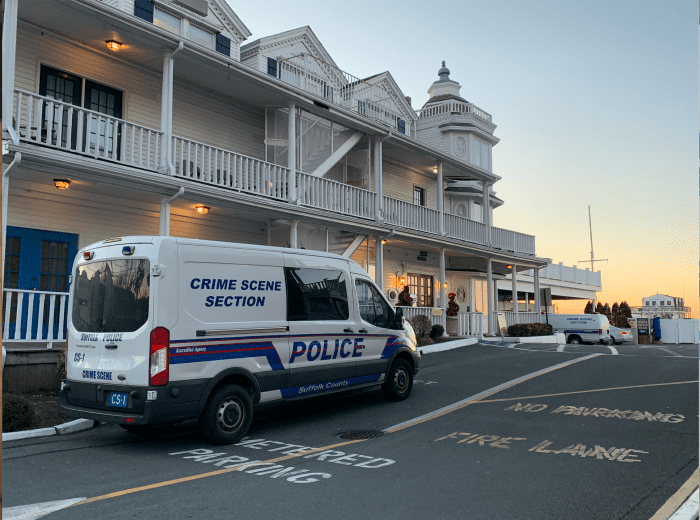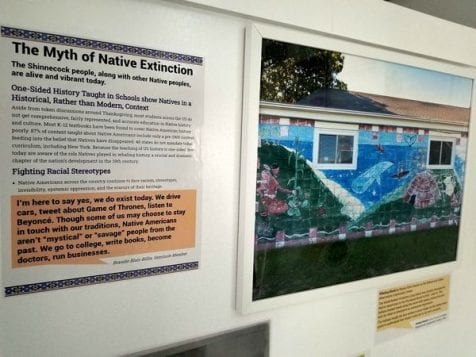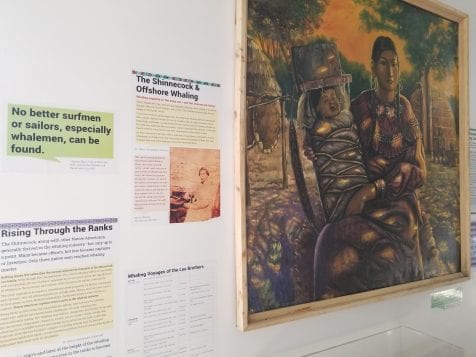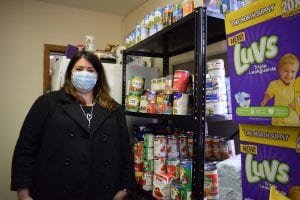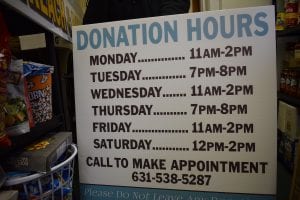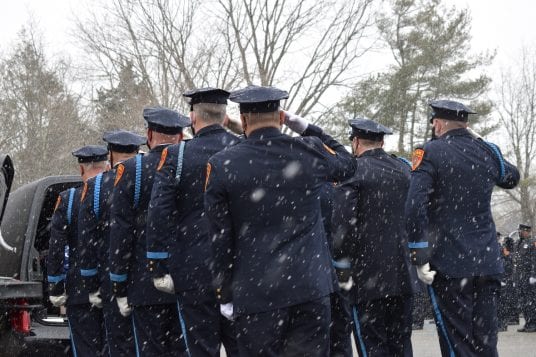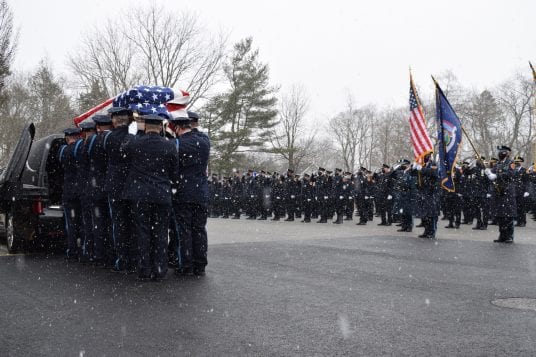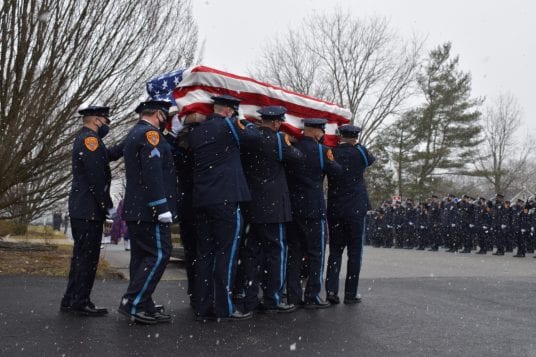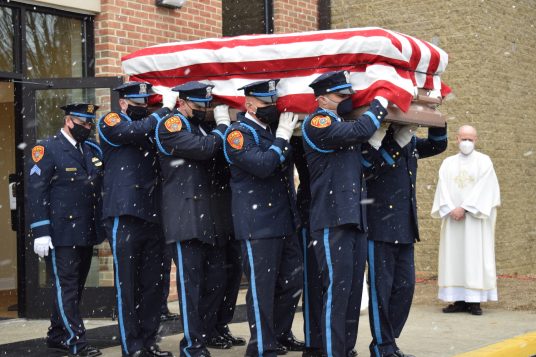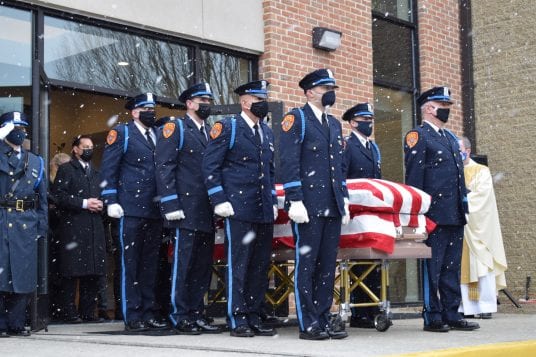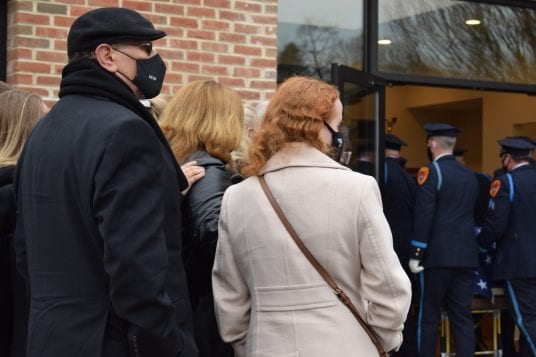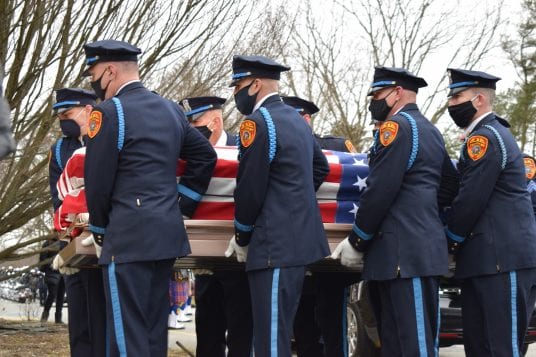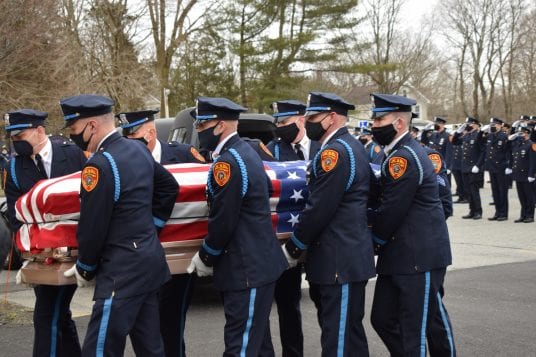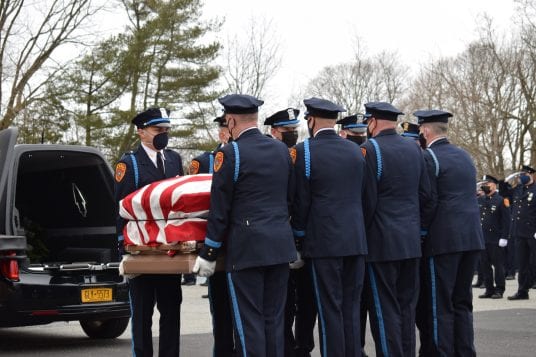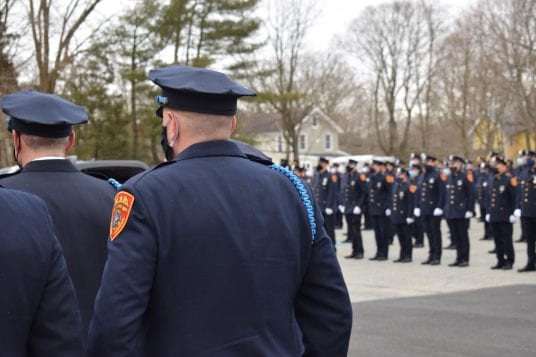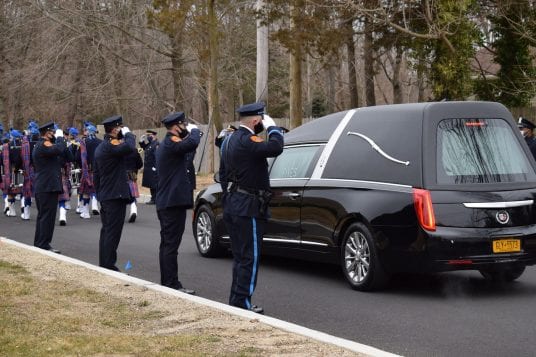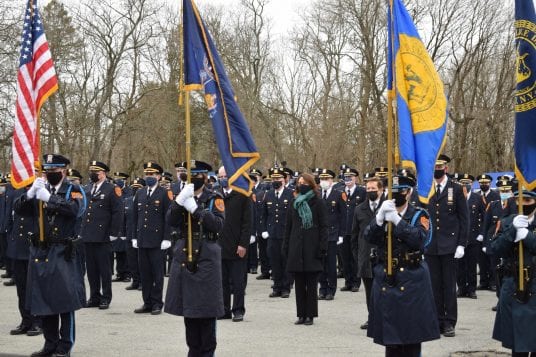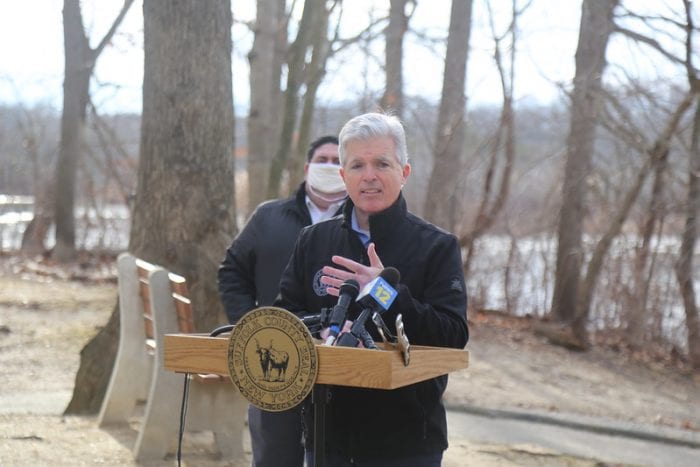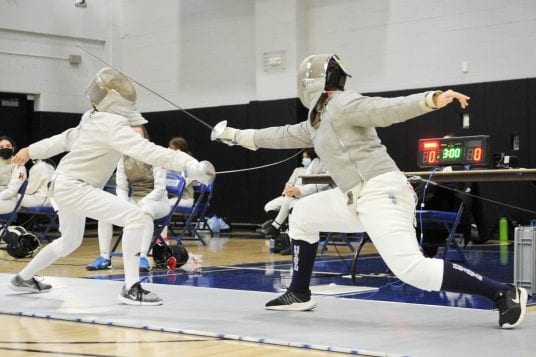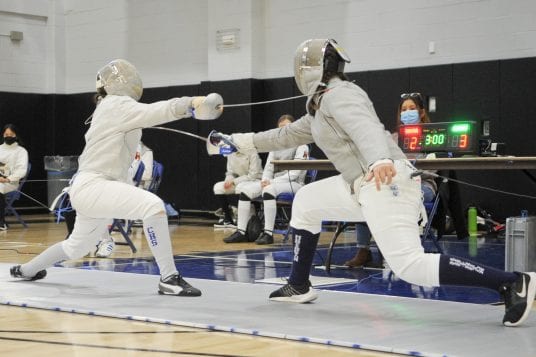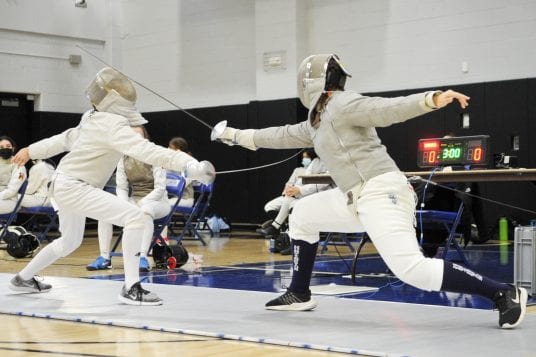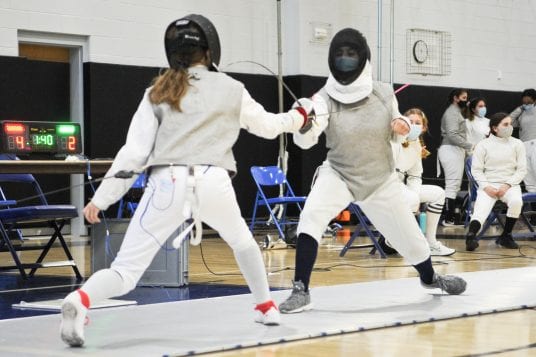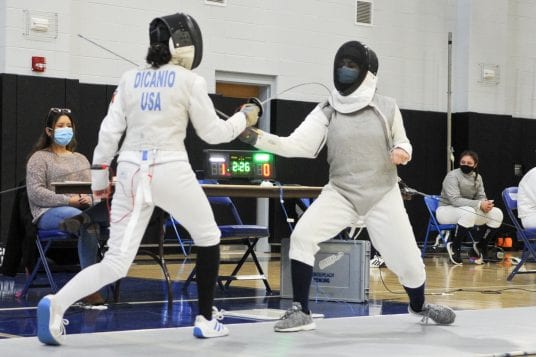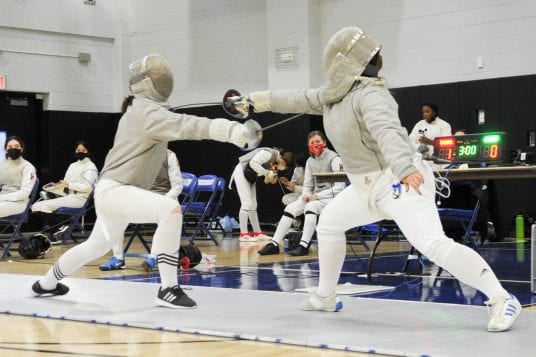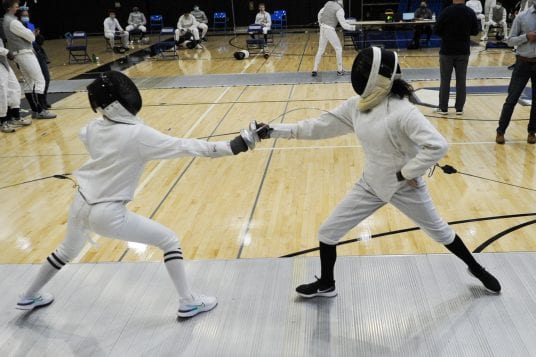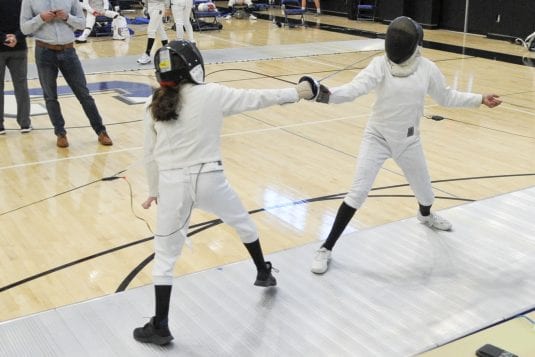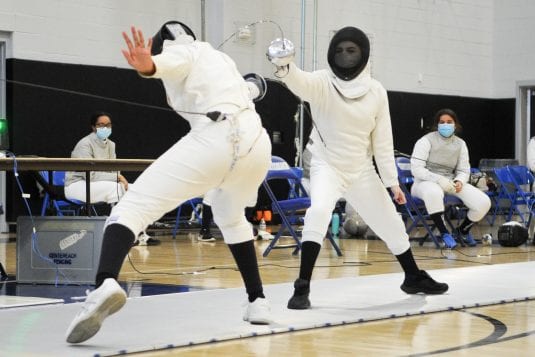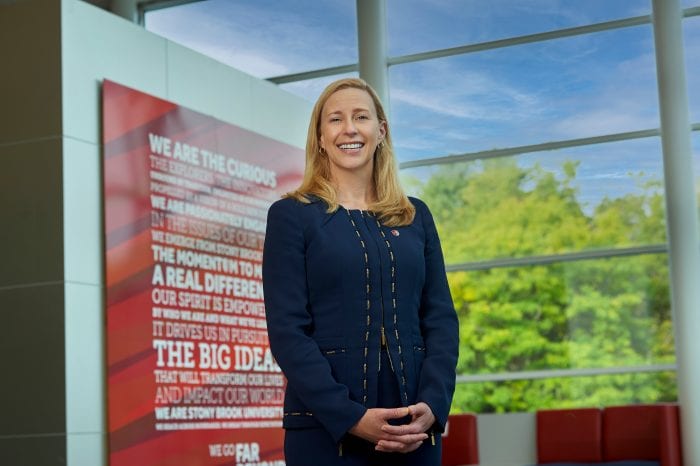By Daniel Dunaief

Many years ago, Madonna, and the rest of us, were “Living in a Material World.”
Well, it seems to me that we are now living in an allegorical world.
You see, we’re on a boat that’s in rough seas. We are in the middle of a Corona storm, with howling winds that threaten to rip the sails off the masts.
At the same time, the boat has numerous leaks, while the waves from the right and from the left crash into the ship.
The modern day Montagues are blaming the waves from the left for causing the danger to our ship. Without those waves, we would be able to head off in a glorious direction toward a better sunset.
At the same time, the Capulets are shouting at the waves on the right, suggesting that they have interrupted the magnificent journey, making the ship spin and rock out of control.
Never a dull moment on that ship of ours, the former captain of the ship, who reluctantly removed his steely grip from the wheel, is facing an imminent investigation from a team comprised mostly of the Capulets, who have recruited a few members of the Montagues to engage in an extensive trial.
The majority of the Montagues have a Greek chorus that laments the terrible state of affairs and encourages the new captain, whom they don’t particularly like or trust, to make sure their way of life continues and their voices continue to be important in the search for Truth, Justice and the American Way.
At the same time, the Capulets have lined up a group of people who are just as earnest and eager in their beliefs, urging the captain to ensure the future safety of the ship and all its inhabitants.
Passing people buffeted about in life rafts, some Montagues urge the captain to move on and to focus resources and efforts on the people aboard the ship. Some Capulets, on the other hand, believe the people who built the ship in the first place were, at one time or another, adrift in life rafts themselves and would like to provide refuge and safety to these wayward travelers.
All the while, the Corona winds, which started our violently, calmed down quite a bit during the summer, and have increased in intensity following Thanksgiving and the December holidays, have increased in their intensity, tearing holes in the sails and threatening to pull at the seams of the stars and stripes.
Somewhere in the middle of the ship, people who don’t define themselves as either ardent Montagues or Capulets are tending to the wounded, preparing food for others, ensuring law and order, and making the kind of shields that deflect the wind, protecting individuals and the group.
The howling wind has made it difficult for the Capulets and the Montagues to hear each other, but that hasn’t stopped either of them from pointing fingers or from blaming the other side for the condition of the waterlogged ship.
People on this American vessel have heard that ships from other nations have made it out of the storm and are enjoying calmer seas, with warm sunshine and gentle breezes.
Some day, hopefully before too long, people on both sides will figure out a way to work together, to patch the holes in the sails, to help each other and to help take the ship to calmer waters.
The Corona storm isn’t passing on its own and the residents of the ship need to pull in the same direction to maneuver to the familiar, calmer seas, where residents of the ship can, once again, enjoy peace, good health and prosperity.




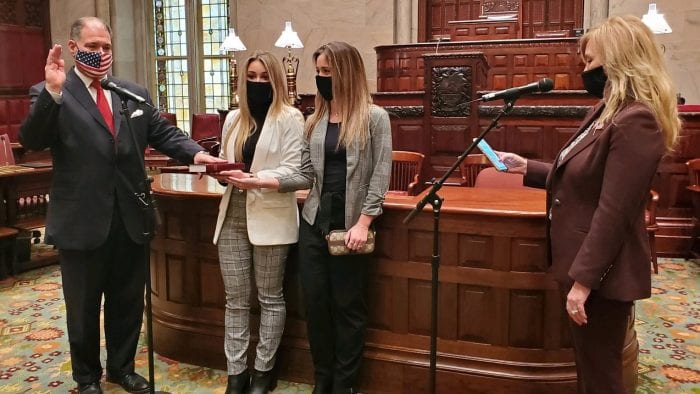
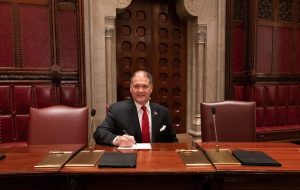 Fresh on the job
Fresh on the job